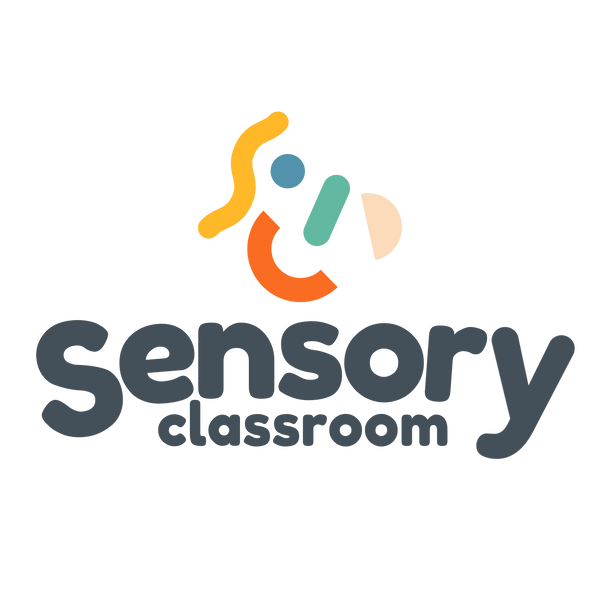I answer lots of questions on my social media channels privately, so it makes sense to share this information (anonymously!) in case it is useful for others too.
The answers below are all linked to the topic AAC.
”What does AAC stand for?”
AAC stands for Augmentative and Alternative Communication. It's a way for people to communicate that doesn't involve talking. AAC can be used to replace or supplement speech, and can include a variety of techniques and tools:
- Pictures/symbols: Can be used in communication books, picture communication boards, or letter boards
- Gestures: Can be used as a form of communication
- Pointing: Can be used as a form of communication
- Signing: Can be used as a form of communication
- Electronic aids: Can be used as a form of communication. These could be iPads, sound buttons or other talking devices
- Speech-generating devices: Can be used as a form of communication
"How would you manage if you had a child/children who would try to pick off the symbols in your classroom?"
I have my preferences but the key is to keep the language consistent for the learner.
Access my Google Drive here.
"What should I do when a child constantly clicks a word on their AAC tablet device that they find funny? At first It was great to see them enjoying it, however it has become clear that they are just finding the word funny and not trying to actually communicate."
I see this a lot. I would provide a chewy or fidget in addition to the symbol, I would stick the symbol to a building brick or use an object of reference instead for transition (beanbags with drawn images or words on work well).
"Hello. What would you do to develop mark-making for a child who isn’t confident with fine motor skills yet. What activities would you suggest? Where do I start?"
I find my children are best to start with large whiteboard markers on whiteboards. It’s larger to hold and it glides better when marking. Also, making marks with their fingers and other tools in dry ingredients like cereal, rice, lentils, mud, cornflour etc to help build the muscles needed.
Then, we’d try larger felt tips on paper.
I would use pencils last. They are really tricky to use and push down hard enough.
"Hello. What would you do to develop mark-making for a child who isn’t confident with fine motor skills yet. What activities would you suggest? Where do I start?"
I find my children are best to start with large whiteboard markers on whiteboards. It’s larger to hold and it glides better when marking. Also, making marks with their fingers and other tools in dry ingredients like cereal, rice, lentils, mud, cornflour etc to help build the muscles needed.
Then, we’d try larger felt tips on paper.
I would use pencils last. They are really tricky to use and push down hard enough.
"I am curious, how do you teach your learners all about handwriting? Or fine motor skills activities in your classroom? Is this important or not so much?"
Great question.
It is very important, there’s just different stages of what fine motor skills look like.
Cognitive ability (regardless of age):
0-6 months: reaching, grabbing, letting go, swapping item hands, dropping items to reach for another.
6-12 months: spoon feeding, taking items out of the sensory tray, making marks in materials with fingers.
1-2 years: making marks using larger tools (whiteboard pens, paint brush, chunky chalk), velcro and zips, stickers.
3+ pencils, crayons, puzzles, lacing, threading, zips, over writing, tracing
5+ laces, buttons, biro, pencil, letter formation.
"Hello, Can you talk me through your post about PECS? Not sure If I’m missing something, what system do you use to promote independent language?"
We use a whole communication approach, or sometimes known as total communication.
You accept and honour all efforts to communicate and to teach it simply model on our end and offer highly motivating opportunities and many different communication methods to see what they go for.
please remember:
I am not a doctor or medical professional, so for some questions I will suggest you contact your GP, the National Autistic Society, or the NHS.

